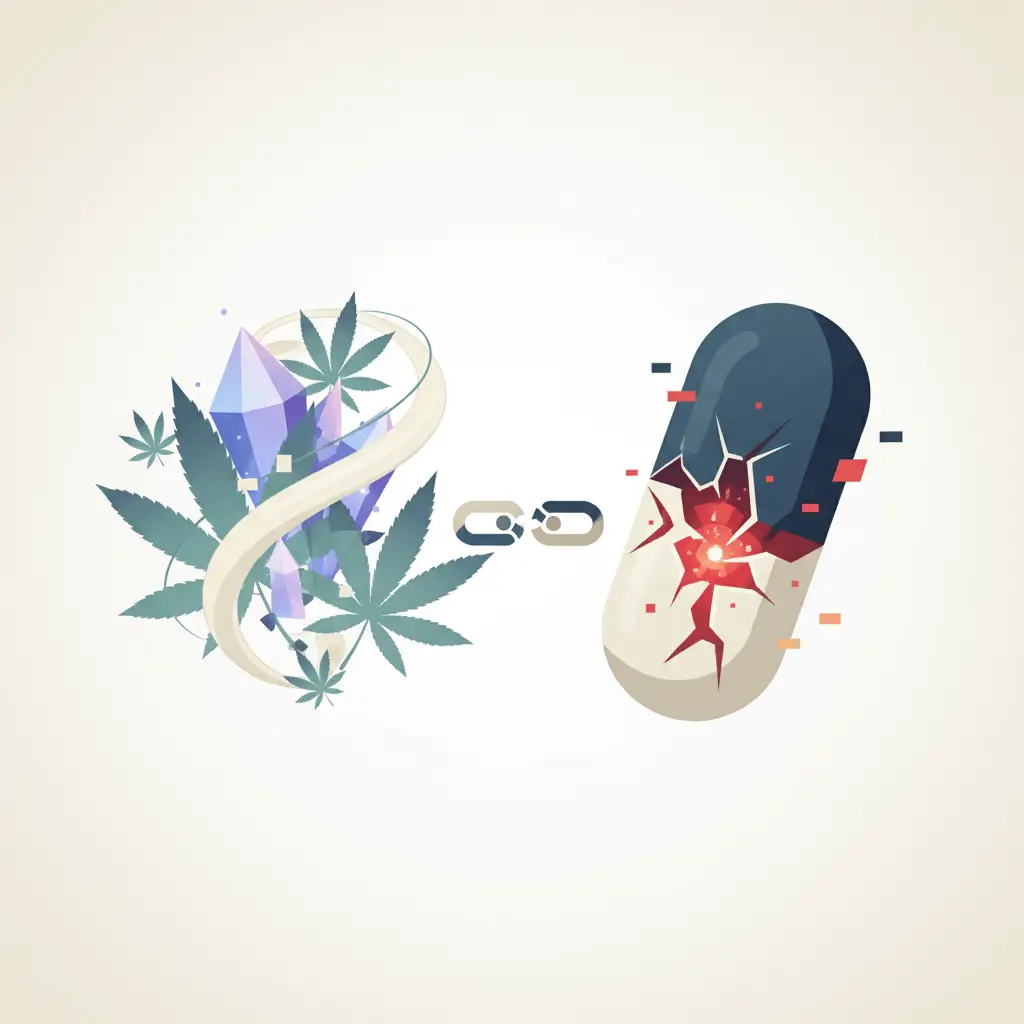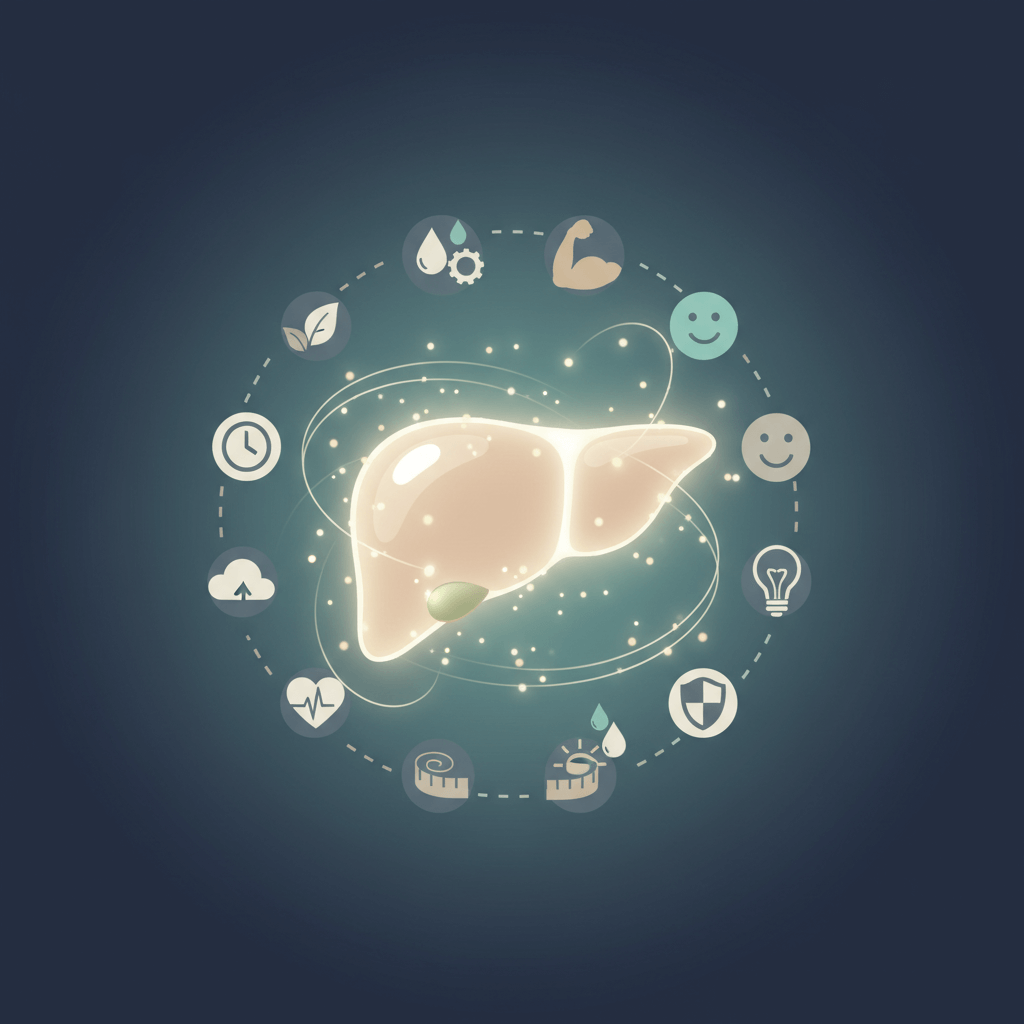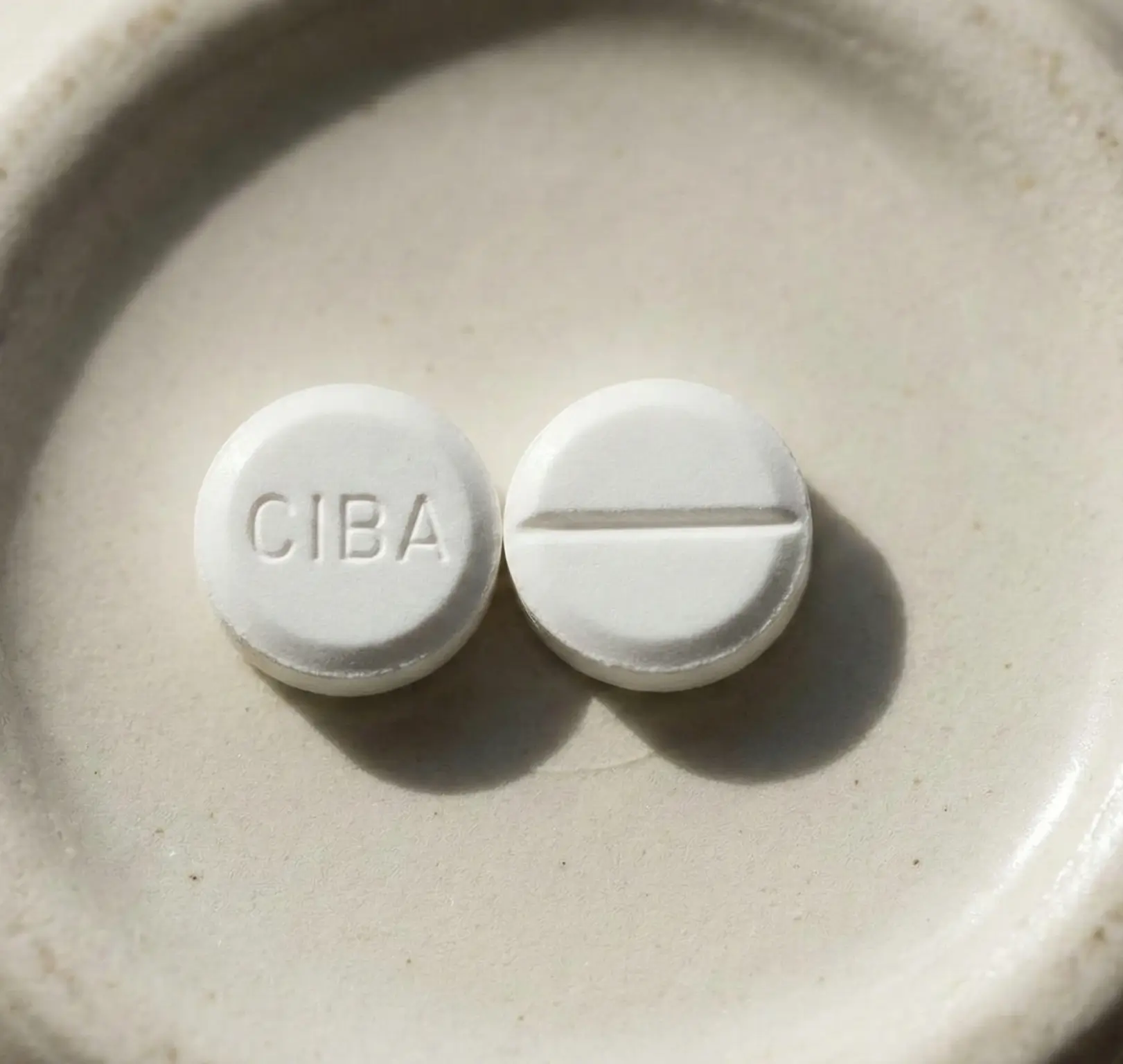Understanding Alcohol and Intoxication
To understand how many beers it takes to get drunk, it's important to have a clear understanding of how alcohol affects the body and the various factors that can influence intoxication levels.
How Alcohol Affects the Body
When alcohol is consumed, it is rapidly absorbed into the bloodstream from the stomach and small intestine. It then travels to various organs, including the brain, where it exerts its intoxicating effects. Alcohol is a depressant that affects the central nervous system, impairing cognitive and motor functions.
The effects of alcohol can vary depending on the individual's weight, metabolism, tolerance, and the rate of alcohol consumption. It is important to note that alcohol affects individuals differently, and what may cause mild intoxication in one person could have a more pronounced effect on another.

Alcohol affects several neurotransmitters in the brain, including gamma-aminobutyric acid (GABA) and glutamate, resulting in the characteristic relaxation and disinhibition associated with alcohol consumption. It also affects the release of dopamine, which contributes to the pleasurable feelings often experienced when drinking.
Factors Affecting Intoxication Levels
Several factors can influence the level of intoxication experienced after consuming beer or any alcoholic beverage. These factors include:
- Alcohol Content: The alcohol content of the beverage plays a significant role. Beers typically have varying alcohol by volume (ABV) percentages, ranging from light beers with lower ABV to stronger craft beers with higher ABV. Understanding the ABV of the beers being consumed is important in determining the potential for intoxication.
- Body Weight and Composition: Body weight and composition can affect how alcohol is processed in the body. Generally, individuals with a higher body weight tend to have a higher blood volume, which can help dilute the alcohol and slow down its effects. However, body composition, such as the ratio of muscle to fat, can also influence alcohol absorption and metabolism.
- Tolerance and Experience: Regular consumption of alcohol can lead to the development of tolerance, where higher amounts of alcohol are required to achieve the same level of intoxication. Individuals with higher tolerance levels may need to consume more beers to feel the effects compared to those with lower tolerance levels.
- Rate of Consumption: The rate at which beers are consumed can significantly impact intoxication levels. Rapid consumption of multiple beers within a short period can lead to a higher blood alcohol concentration (BAC) and a more pronounced level of intoxication. It is important to pace oneself and drink responsibly to avoid excessive alcohol consumption.
Understanding these factors is crucial in determining how many beers it takes to get drunk. However, it is important to note that there is no universal magic number as individual responses to alcohol can vary. It is always recommended to drink responsibly and be aware of the potential effects of alcohol on one's body and overall well-being.
Measurement of Alcohol Content
To understand how many beers it takes to get drunk, it's important to familiarize yourself with the measurement of alcohol content. Two key terms to understand in this context are standard drink units and alcohol by volume (ABV).
Understanding Standard Drink Units
Standard drink units provide a standardized way to measure and compare the alcohol content of different beverages. A standard drink unit typically represents the amount of alcohol that the average adult can metabolize in about one hour. However, it's important to note that individual metabolism rates can vary.
In the United States, a standard drink unit is typically defined as containing about 14 grams (0.6 ounces) of pure alcohol. This is equivalent to:
Beverage Type and Standard Drink Unit
Regular Beer (5% ABV): 12 ounces
Wine (12% ABV): 5 ounces
Distilled Spirits (40% ABV): 1.5 ounces
These measurements provide a baseline for estimating the alcohol content in different types of beverages. However, it's crucial to remember that the actual alcohol content of specific brands and products can vary. Always check the label or consult the manufacturer for the precise ABV of a particular beverage.
Alcohol by Volume (ABV)
Alcohol by volume (ABV) is a standard measurement used to express the alcohol content of a beverage as a percentage of the total volume. It represents the number of milliliters of pure alcohol present in 100 milliliters of the beverage.
Different types of alcoholic beverages have varying ABV levels. While the ABV can range significantly, here are some common examples:
Beverage Type and ABV Range
Regular Beer: 4-6%
Light Beer: 3-4%
Wine: 9-16%
Fortified Wine: 15-20%
Distilled Spirits: 40-50%
Understanding the ABV of the beer you are consuming is crucial in estimating the amount of alcohol in each drink. This information, combined with the knowledge of standard drink units, can help you gauge the potential effects of alcohol consumption.
Remember, responsible alcohol consumption is essential for your well-being. Understanding the measurement of alcohol content can serve as a guideline, but it's always important to know your limits, recognize signs of intoxication, and prioritize your safety.
The Magic Number: How Many Beers to Get Drunk?
When it comes to determining the number of beers it takes to get drunk, there is a common misconception about the existence of a universal magic number. The truth is, the number of beers required to reach a state of intoxication can vary greatly depending on several factors.
The Myth of a Universal Magic Number
Contrary to popular belief, there is no one-size-fits-all magic number that can accurately predict how many beers it will take for an individual to get drunk. The effects of alcohol on the body can vary significantly from person to person based on various factors such as body weight, metabolism, tolerance, and other individual differences.
Factors Influencing the Number of Beers
Several factors come into play when determining the number of beers it takes for someone to become intoxicated. Some key factors that can influence alcohol intoxication levels include:
1. Body Weight and Composition
Body weight plays a significant role in how the body processes alcohol. Generally, individuals with a higher body weight may require more alcohol to reach the same level of intoxication as someone with a lower body weight. This is because alcohol is distributed throughout the body's water content, and individuals with higher body weight tend to have more water in their bodies to dilute the alcohol.
2. Tolerance and Experience
Alcohol tolerance, which can vary among individuals, is developed over time with regular alcohol consumption. Individuals with higher tolerance levels may require more beers to feel the same level of intoxication compared to someone with lower tolerance. Additionally, experience with alcohol can affect a person's ability to recognize their level of intoxication, potentially leading to increased consumption.
3. Rate of Consumption
The rate at which beers are consumed can also impact intoxication levels. Drinking a large number of beers in a short period of time can lead to a rapid increase in blood alcohol concentration (BAC), resulting in quicker intoxication. The body metabolizes alcohol at a relatively constant rate, so spacing out the consumption of beers over a longer period allows the body more time to process the alcohol and can help prevent excessive intoxication.
It's important to note that alcohol affects individuals differently, and even small changes in the factors mentioned above can significantly impact the number of beers required to get drunk. Understanding these factors and practicing responsible drinking is crucial to ensuring personal safety and well-being.
Individual Variations
When it comes to the number of beers it takes to get drunk, individual variations play a significant role. Several factors can influence how alcohol affects an individual's level of intoxication. In this section, we will explore three key factors: body weight and composition, tolerance and experience, and rate of consumption.
Body Weight and Composition
Body weight and composition can significantly impact how alcohol affects an individual. Generally, individuals with a higher body weight tend to have a higher volume of distribution, meaning that the alcohol is more diluted throughout their body. This can result in a slower rate of alcohol absorption and a lower blood alcohol concentration (BAC) compared to individuals with lower body weight.
Additionally, body composition, specifically the ratio of muscle to fat, can influence alcohol metabolism. Muscle tissue contains more water than fat tissue, which can help dilute alcohol and reduce its effects. Therefore, individuals with a higher proportion of muscle mass may experience a lower BAC compared to those with higher body fat percentages.
Tolerance and Experience
Tolerance and experience with alcohol can also impact how many beers it takes to get drunk. Regular and long-term alcohol consumption can lead to the development of tolerance, which means that higher amounts of alcohol are required to achieve the same level of intoxication.
Experienced drinkers may have a higher tolerance due to their body's adaptation to alcohol. This tolerance can result in individuals needing more beers to reach the same level of intoxication as someone with less tolerance. However, it's important to note that tolerance does not indicate immunity to the negative effects of alcohol, and excessive consumption can still lead to impairment and health risks.
Rate of Consumption
The rate at which beers are consumed can greatly influence the level of intoxication. When alcohol is consumed rapidly, such as through binge drinking, the body may not have enough time to metabolize the alcohol efficiently. As a result, the blood alcohol concentration can rise rapidly, leading to a quicker onset of drunkenness.
Conversely, spacing out the consumption of beers over a longer period allows the body more time to process and eliminate alcohol. This can lead to a slower increase in BAC and a more moderate level of intoxication.
It's important to remember that individual variations, along with other factors discussed in the previous sections such as alcohol content and factors affecting intoxication levels, collectively contribute to the overall effects of alcohol consumption. Understanding these individual variations is crucial for making informed decisions about drinking responsibly and recognizing one's own limits.
Responsible Drinking Guidelines
When it comes to alcohol consumption, responsible drinking is of utmost importance. Understanding the recommended limits and guidelines, recognizing signs of intoxication, and following tips for safe and responsible drinking can help ensure a positive and safe drinking experience.
Recommended Limits and Guidelines
To promote responsible drinking, various organizations and health authorities provide guidelines for alcohol consumption. It's important to note that these guidelines may vary across different countries and regions. In the United States, for instance, the Centers for Disease Control and Prevention (CDC) recommends the following limits:
Gender and Recommended Limits
Men: No more than 2 standard drinks per day
Women: No more than 1 standard drink per day
It's crucial to understand that these limits are not intended as a target but as a maximum recommendation to reduce the risk of alcohol-related harm. It's also essential to consider factors such as individual tolerance, health conditions, and medication interactions when determining personal alcohol limits.
Recognizing Signs of Intoxication
Recognizing the signs of intoxication is important not only for individuals consuming alcohol but also for those around them. Some common signs of intoxication include:
- Slurred speech
- Impaired coordination and balance
- Bloodshot or glassy eyes
- Changes in behavior or mood
- Slow reaction times
If you or someone you know exhibits these signs, it may indicate that the person has consumed too much alcohol and is at risk of harm. In such cases, it's crucial to intervene and ensure the safety and well-being of the individual.
Tips for Safe and Responsible Drinking
To promote safe and responsible drinking, consider the following tips:
- Pace yourself: Avoid drinking too quickly. Space out your drinks and allow your body time to metabolize the alcohol.
- Stay hydrated: Drink water or non-alcoholic beverages in between alcoholic drinks to stay hydrated and reduce the risk of dehydration.
- Eat before and during drinking: Consuming food before and during drinking can help slow down the absorption of alcohol and reduce its effects.
- Plan ahead: Arrange for a designated driver, use public transportation, or take a taxi or rideshare service to ensure a safe journey home.
- Avoid peer pressure: Drink at your own pace and stick to your personal alcohol limits. Don't feel obligated to drink more than you're comfortable with.
- Seek support if needed: If you find it challenging to control your alcohol consumption or suspect that you may have an alcohol-related problem, reach out to a healthcare professional or support group for assistance.
Remember, responsible drinking involves being mindful of your own limits, respecting the limits of others, and prioritizing safety.













